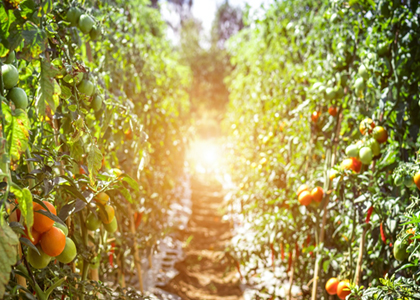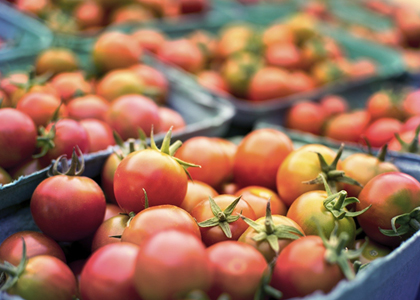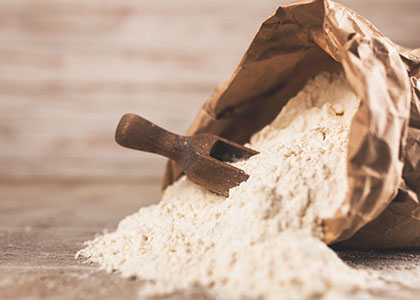Home / Blog / The 3 Latest Trends in Feed Additives

Challenges, adaptations, and new growth within Saudi Arabia’s food supply chain.
Food supply chains are affected by a variety of factors that most consumers don’t even consider but which producers must assess on a regular basis. Those key factors include feeds for livestock producers, which can affect the amount and quality of meat produced for consumers. Below, we take a quick look at some current trends that are affecting Saudi Arabia’s livestock producers.
What are feed additives?
Feed additives support the health and growth of chicken, cattle, and other animals, ensuring that livestock farms are able to meet the growing local market demands efficiently. As the demand for quality meat grows in Saudi Arabia, the livestock sector is witnessing an increase in the use of feed additives to enhance animal diets. In 2018, Saudi Arabia’s feed additives market was valued at USD 189.8 million and is projected to grow to USD 283.7 million by 2024.
Trend one: New methyl donors in feeds
The country’s poultry sector is especially large, with chicken farmers looking to save costs by switching the methyl donor in feeds. Methyl groups are critical for animal metabolisms, but they have to be supplemented as most livestock cannot produce their own. With the rise of disease among livestock in recent years, livestock farmers foresee the continued relevance of animal feed additives, so there is interest in economizing the associated expenses.
Trend two: Reducing greenhouse gas (GHG) production
There is also growing concerned over the role of feed additives in contributing to GHG production, with methane emissions from cows accounting for one-third of livestock farms’ GHG footprint. New varieties of feed additives are being researched with the aim of improving digestibility and reducing methane emissions.
Experts suggest that these enhanced feed additives, ranging from plant extracts to seaweeds, could cut down methane emissions by up to 30 percent. While research is being carried out by multiple teams, it will be a number of years before livestock farmers will get their hands on these new varieties.
Trend three: Changing approaches to antibiotic use
Antibiotic resistance is becoming an increasingly pressing issue around the world. In response, more and more countries are introducing restrictions on key antibiotics in order to reduce bacterial resistance and preserve their functionality for humans. European countries are at the forefront of issuing restrictions and bans on the unprescribed use of medically important antibiotics as well as routine and/or prophylactic use.
Saudi Arabia, in contrast, has currently no restrictions in place. In fact, antibiotic usage is projected to increase by 72% to 182 tons by 2030. However, with nearly universal concern over the continued use of antibiotics for livestock, producers in the kingdom will have to seriously weigh the benefits versus the consequences for the local supply chain as well as human consumption.
To learn more about how Agri can support every aspect of the food supply chain, get in touch with us here.












